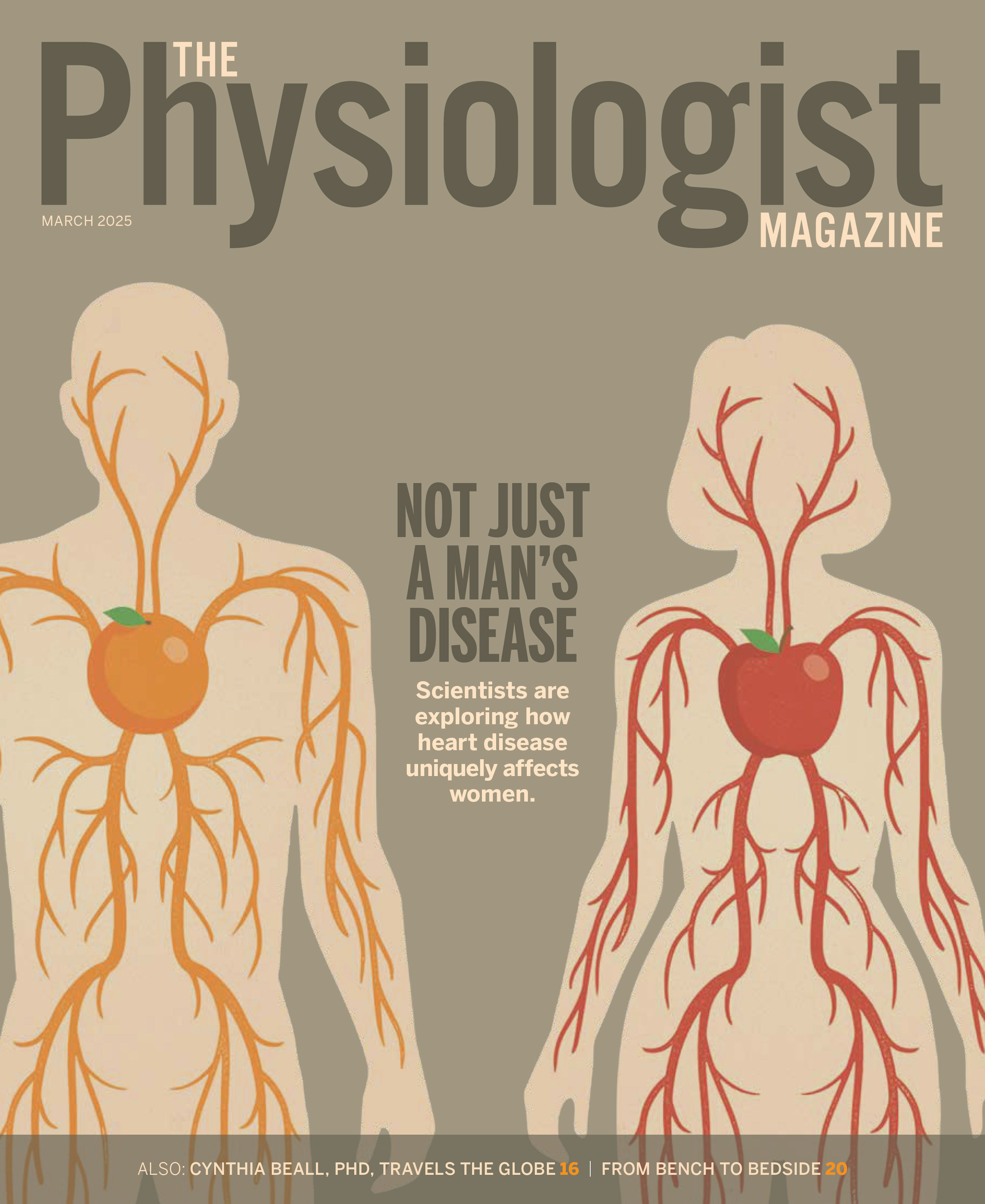A Collective Approach to Reducing Regulatory Burdens
By J.R. Haywood, PhD, FAPS

For over 30 years, there has been a national conversation about burdens associated with regulations governing research. Surveys and studies by major agencies and non-governmental entities—including the Federal Demonstration Partnership, Council of Governmental Relations and the National Academy of Sciences—have demonstrated that the effects of these regulations are a real concern for researchers, research administrators and even the regulatory agencies and that the burden is increasing over time. Congress passed the 21st Century Cures Act to address the issue. However, here we are with new rules and guidance being written as this is read.
Why has there been so little progress in reducing burdens? Having thought about regulatory burdens throughout my career, I have come to realize that there may be three principal reasons for the limited progress:
The most likely reason is inertia. Performing a comprehensive evaluation of the problem and then doing something about it necessitates a coordinated approach that requires time, resources and a desire to create change. It, thus, becomes a daunting task.
Focus on how we can meet regulatory requirements differently. Are we too siloed having separate compliance programs for animals, humans and other areas?
It is easier to make rules than it is to develop a process to meet the requirements. The desire to have compliance programs that are risk-free leads to overinterpretation of regulations and policies. The result often requires more than regulatory agencies expect and creates more work for investigators and research administrators.
It is not just regulations but also grant requirements. With approximately $50 billion in the combined National Institutes of Health and National Science Foundation budgets, the scientific community is held accountable for how the money is spent. Many of the “regulations” are actually terms and conditions that accompany grants. The terms and conditions also provide a way to implement policies and guidance without going through the regulatory process.
No doubt there are other factors, but these seem to me to be the difficult obstacles. So, what is it going to take to reduce regulatory burdens? Here are my thoughts:
Local engagement may be the most effective approach. Become a member of your institutional animal care and use committee, institutional review board or other regulatory committee. Learn the difference between which processes are required and which are “best practices.” Then ask why processes are done the way your institution does them.
Team up with research administrators—a group as affected by regulatory burdens as researchers are—to amplify shared concerns about regulations on a national level. Their community is in frequent discussions with agencies to reduce unnecessary burdens.
Focus on how we can meet regulatory requirements differently. Are we too siloed having separate compliance programs for animals, humans and other areas? Can we better integrate regulatory oversight so we protect research participants from hazards in the research environment and experimental harm while promoting the scientific efforts of the investigators?
It feels like we are approaching a tipping point where the mounting regulatory and funding requirements are shifting researcher attention away from discovery to endless forms and paperwork. We must think about novel approaches to achieve the outcomes of research subject protection, laboratory safety and compliance without a negative effect on research.
J.R. Haywood, PhD, FAPS, is a professor of pharmacology and toxicology and assistant vice president in the Office of Research and Innovation at Michigan State University in East Lansing.
This article was originally published in the March 2022 issue of The Physiologist Magazine.
The Physiologist Magazine
Read the Latest Issue
Don’t miss out on the latest topics in science and research.
Contact Us
For questions, comments or to share your story ideas, email us or call 301.634.7314.


